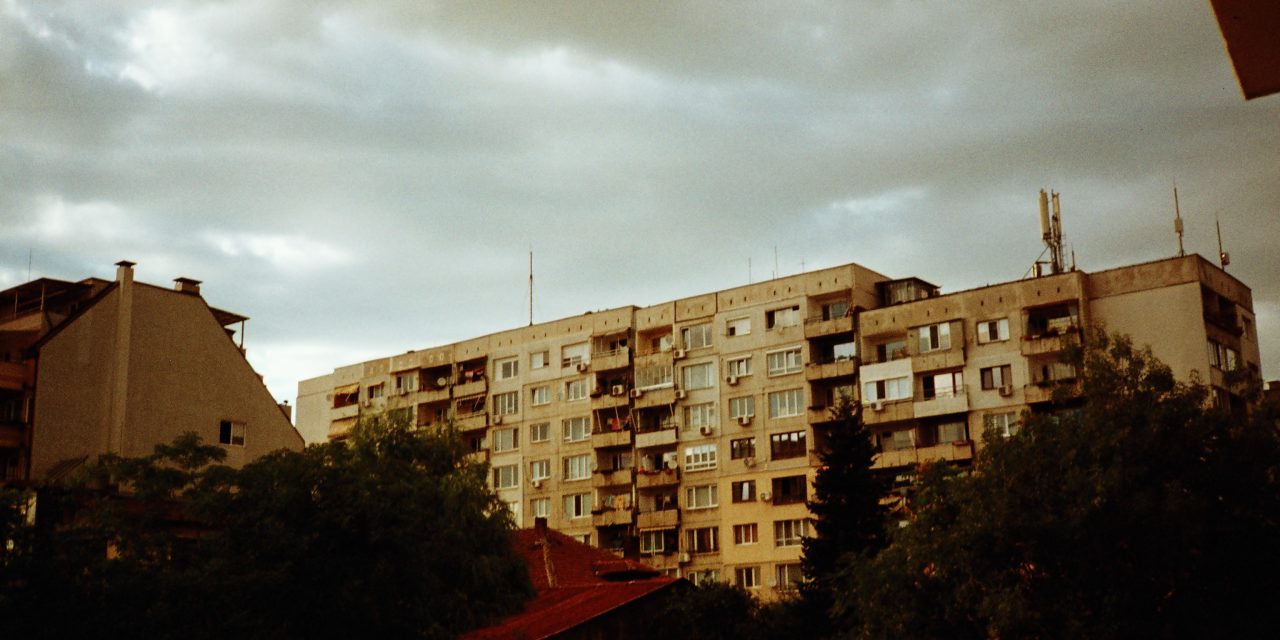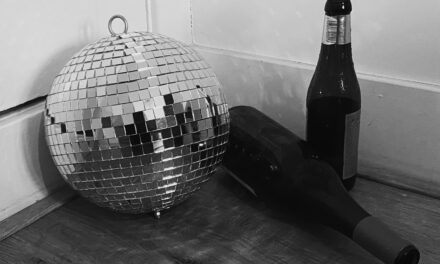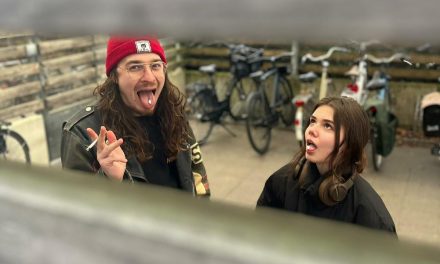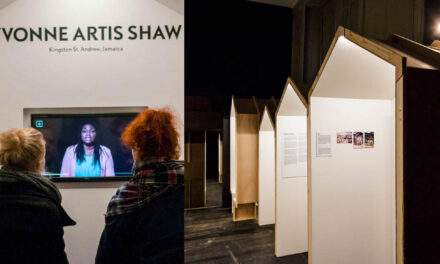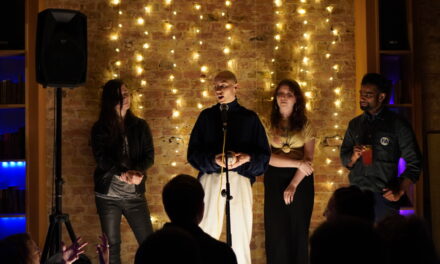More than three decades after the fall of the Berlin Wall, the modern perception of Eastern Europe in the West is outdated and still very heavily influenced by the Cold War. In fact, even the convenient term “Eastern Europe” itself is vague and frequently redefined due to the region’s vast diversity and unwelcome connotations with the former “Eastern Bloc”. Furthermore, the term suggests a culturally homogenous world of kindred regions, which is only partly true. In his dossier on ‘The Concept of Eastern Europe in Past and Present’, Professor of Slavic Studies, Thomas Grob, states that, “Seen from within, the ‘Eastern Bloc’ was always a more diverse space than it appeared to westerners. (…) Not only would Europe be a great deal poorer without this East, it can no longer be understood without it.”
Post-Communist societies are generally still carrying the burden of previous economic and ideological systems. Artists from the region, both from the 20th century and contemporary, have often remained undiscovered and under-researched due to years of systematic discrimination. However, there are those who have made it their mission to break this cycle.
Maya Hristova is the the founder of the foundation EEP Berlin and Editor-In-Chief of the EEP Magazine. The self-financed platform focuses on supporting and exhibiting the work of Eastern European lens-based artists. An archive featuring hundreds of artists from 24 countries can be found on their website.
As a Bulgarian immigrant living in Berlin, Maya’s motivation to establish this foundation in 2018 stemmed from being confronted with people’s lack of knowledge and interest about Bulgaria and Eastern Europe in general, despite their proximity and shared history. Her idea was to initiate a dialogue between contemporary artists and local Berlin audiences. “I wanted to present their work within a context closer to their own and with a greater understanding of the regional differences and diversity of Eastern Europe,” she shares. “Curating our first exhibitions and publishing the EEP magazine marked the beginning of a conversation between us and a large network of Eastern European visual artists whose work we continue to exhibit, include in panel discussions and workshops, and publish on the pages of our printed publications.”
Art, in its many forms, is a powerful form of communication, which allows a lot of freedom of expression. In some cases, it can go further than other mediums in the recontextualisation and exploration of difficult and erased histories. Many of the artists EEP has worked with are making socially engaged work that reflects the reality of being an immigrant, and challenging the subtle (or not so subtle) prejudices that are deeply ingrained in people’s minds. They are exploring topics such as politics, generational and collective trauma, and the environment.
“Today, many of these now mid-career artists are part of larger international circles and actively influence discussions around the photographic medium and its contemporary reverberations, including work with archives, vernacular photography, experiments with on-site installations, camera-less photography, and a wide array of research-related practices.”
In her work, Maya strives to share more nuanced stories and explore topics beyond the basics. “Creating long-term relationships with our audiences enabled me to curate exhibitions that went beyond the usual introductions and delved deeper into the author’s context and how it shapes their process,” she shares. “It is often quite apparent, for example, whether an artist has developed their practice abroad or in their home country. The exploration of these differences through photography allows us to better understand the varying regional, cultural, and political influences on artistic practice in Eastern Europe.”
Another organisation that works primarily with Central and Eastern European artists is KVOST (Kunstverein Ost). Their small gallery is located in the centre of Berlin, in the very heart of GDR history. They organise group exhibitions, cultural tours and discussions, as well as offering stipends and a yearly residency programme for artists whose biographical roots lie in Central and Eastern Europe.
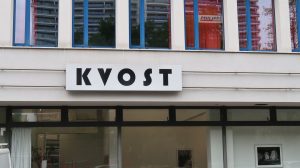
The building that houses KVOST on Leipziger Str. 47
Marija Petrović, a member of the curatorial team at KVOST, shares that there has been a recent surge of public and media interest in their work due to Russia’s invasion of Ukraine. ”It’s tragic that it needed to happen for the interest to arise but that is certainly what I have been seeing. The new interest is encouraging but there’s still a lot of binary thinking that is very obvious and present.”
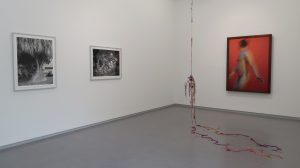
Works by artists Jan Durina and Alena Kotzmannova at the exhibition ‘Hours Against The Clock’ at KVOST
Nowadays there is work by Central and Eastern Europeans being featured in renowned art events such as the Venice Biennale, Salone del Mobile Milano, Paris Photo, Rencontres d’Arles. The international recognition of these artists is not only promising for the general political discourse, but also encouraging for the future generations of artists.
